|
Have you ever sat and just watch the leaves fall?
This morning, enjoying my first cup of coffee, I watched out my front window as the calm of the night changed to morning with a large gust that lifted the oak leaves up off the trees and showered them across the neighborhood. The small shrubs near the house shook so vigorously I wondered if a couple of squirrels were having a chase in them. Like a cloud, the leaves are lifting from the trees today - the last signs of fall - to blanket the earth, creating habitat and protection for the tiny critters of the Earth, so they may make it through another winter. The interplay between the wind, the leaves, the winter, the animals, the seasons... everything knows how to work together, observe and you might just find your place in it all.
0 Comments
Known by a variety of names - burning bush, winged spindle, winged euonymus.
Native to Asia it was introduced to the US in the 1860s as an ornamental shrub - the stunning red fall foliage from which it gets its name. In the North Eastern states it has become invasive often over growing its intended planting. Can grow up to 20ft tall and wide if left alone. The images below show a year of the burning bush - winter/early spring - spring green flowers - summer dense foliage - autumn* *the interesting thing about this autumn, one or two things have happened here - notably there is no bright red foliage - prior to the bright red, the leaves turn incredibly pale, at this stage we had quite an ice storm and from there no red has been noted beyond a pale pink in the grove. On further research, when the burning bush gets left to take over, it can stop producing the brilliant red due to age and growing to close to one another. As this is my first year finding and observing this plant, we'll see what the other years bring. The small shoots that were closer to the ground did produce the red coloring, however. How about that ice storm?! I hope everyone was able to stay safe and warm. We were out of power for 22hrs and 50 minutes (but who's counting). Watching the oak trees, heavy with leaves and ice, tall and majestic, sway was both beautiful and terrifying. The movement and form was reminiscent of a weeping willow in a summer breeze, but at any moment the tree or limbs could come crashing down. With all the heavy ice and snow, I was curious how the trees covered in the Oriental Bittersweet were doing (post about that invasive can be found here). So I made my way out to Walton Woods - while WW has a fantastic spring wildflower show, it is also super overrun with invasive species - most notably Oriental Bittersweet and Winged Burning Bush (species profile coming soon). Walton Woods is such a unique park - thank you city for putting up front parking! You feel as if you're deep in the woods, until a car drives past on Mechanicsburg Rd and you realize you are, in fact, still right on the edge of town. I made it maybe 1/4 of the way down the trail, deep in the grove of burning bush (gathering photos for the upcoming post), nearing the area where the bittersweet begins, when all of a sudden from behind a bush popped a good sized buck (deer)! Now all of my farm girl knowhow comes into play as I slowly back away as it is rutting season and this guy isn't very frightened of me. He lets me leave in peace with only a parting "huff". But alas, we'll have to wait for another day to see how the vine entangled trees are doing. By that time I was ready for a proper walk, even though it was getting dark (at 4pm) and on and off drizzles. Too dark for WMP, didn't want to drive all the way to the bog, Barnes Preserve was just right! When I arrived the sprinkles had subsided, the fog was rising, it was beautifully moody. The kind of ambient light that surrounds everything, creating a surreal world out of the familiar. It was too dark to focus on the details so the shapes and tones of the woods really stood out. As I started down the path something caught my eye, what appeared to be a bright fungus growing all over the downed tree. I raced through the fieldguides in my head trying to think what sort of fungus grows so large and bright but kept coming up with a blank. And then it hit me... it was snow! While the rains melted most of the other traces of snow, this bit on the fallen oak stayed bright and surreal in the ambient light. I laughed at myself the rest of the way around the trail!
I do so love this time of year to look at his the tree branches grow, the last image shows the whispy weeping willow, a twisted wandering oak, and the straight (maple? cherry?) growth all side by side. Don't forget, winter brings new sights, new things to observe, bundle up and get out there! Happy Hiking! The fall leaves have fallen, opening the canopy to a wide variety of sights. One of the most easily noticeable is the bright yellow casing with the bold red berry of the Oriental Bittersweet found vining around any number of things - trees, fences, anything it can climb.
It was brought to the states in 1860 from China as an ornamental plant, its berries looking (unfortunately) lovely as fall and winter decor. This plant is a fast growing woody vine, growing so fast as to crowd out native vegetation. The vine will climb trees, sometimes girdling (wrapping around and cutting off the flow of water and nutrients to the tree) and killing large trees, but often climbing to the top, blocking out the light for any other plants. This canopy of vines spreads fast (one source stated it can cover an entire acre of forest in only 5-7 years!) creating excess weight on the trees, often heavy snow and ice accumulation will force these trees to fall under the weight. The beautiful fruit with which the plant was brought here for is also attractive to birds and wildlife which aids in the spreading of this dangerous plant. There is a native to the US bittersweet (American Bittersweet) that can be differentiated from the oriental variety in a number of ways. Leaf shape - Oriental has round leaves - American has elliptical leaves Fruit - Oriental fruit capsule is bright yellow-orange & arranged in the leaf axils - American fruit is an orange capsule & arranged only at the end of the vine This plant has both male and female species - the males don't produce berries but still cause the same amount of destruction. To help stop the spread of this invasive plant there are a few things you can do - most importantly DO NOT MOVE THIS PLANT. Fellow DIYers I'm looking at you - I know it's tempting to cut this to use in crafts and wreathes but this is one of the biggest ways the plant spreads. If you find you do have this on your property, cut and treat it before it fruits. Other resources for control can be found at this link. Hello all of you! Hope you've been having a great autumn season!
As I'm sure you've noticed, it's been a bit quiet over here on the blog - a little less quiet on the Facebook page if you follow that, but a little off topic as well. As my photography season begins to slow down (if you don't know, I do family & wedding photography as well www.emilyspeelman.com ) I have come to see the void this break from Through the Woods has left; the exploring, the learning, the sharing. With the launch of the 2019 calendars I want to share bits about the where, what, and other interesting facts about each place/subject on said calendar - and other interesting things I come across, just as I have before. Please join me as I shake off the dust, stretch out the muscles, and head back Through the Woods! We are now taking orders for 2019 calendars!
Chose from: *All Around Wayne County* *Wooster Memorial Park* *Barnes Preserve* Profits will be donated to the parks (WMP calendar to the Friends of WMP group - Barnes Preserve calendar to the Friends of Barnes Preserve group, etc) Calendars are 8 x 11 wall calendars with stunning color photos with interesting bits of information about each subject or location. Calendars are $24.99 each (or 3 for 60!) To pre-order, please send me a message with your information and we'll go from there! All orders will ship in early December to arrive in time to be given as presents (or for you to prepare for 2019). |
AboutSince 2015 we have been exploring and sharing all the amazing things we’ve found in nature. AuthorEmily is an Ohio Certified Volunteer Naturalist who is most often found out in the woods. Archives
March 2024
Categories
All
|
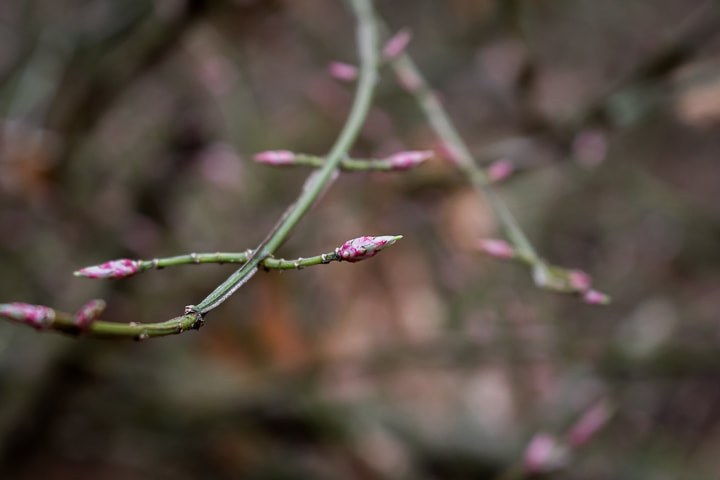
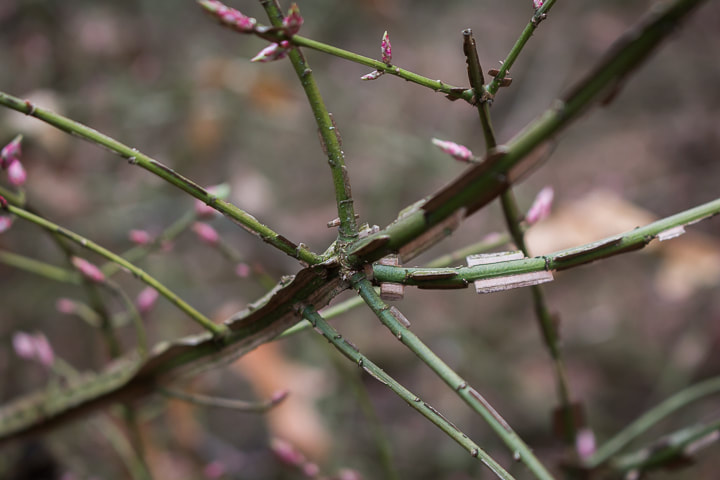
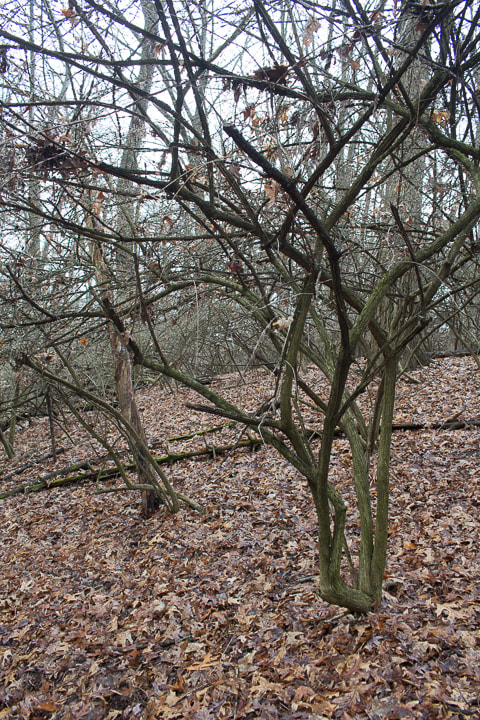

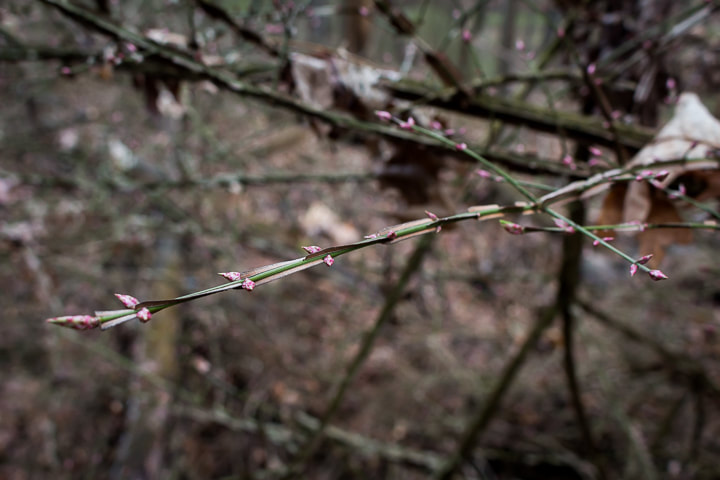
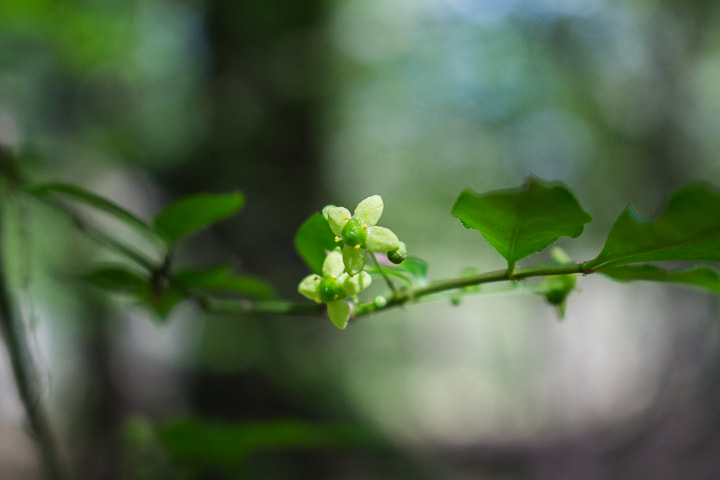
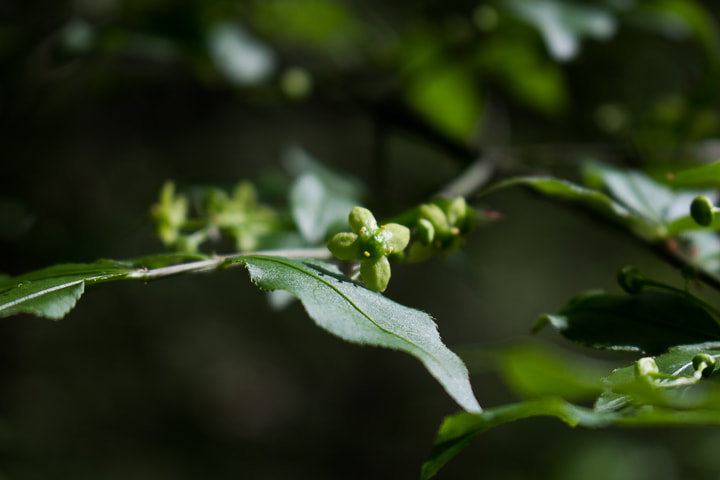
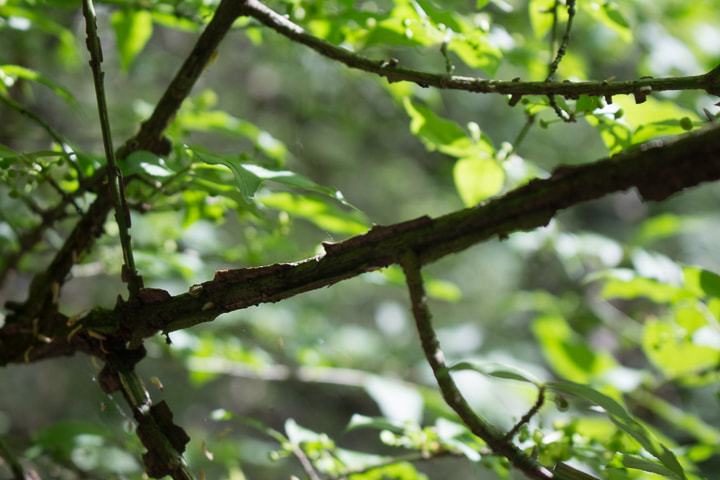
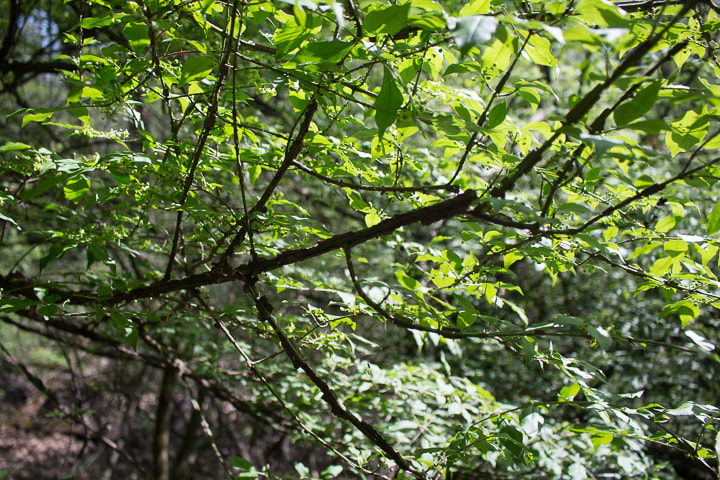
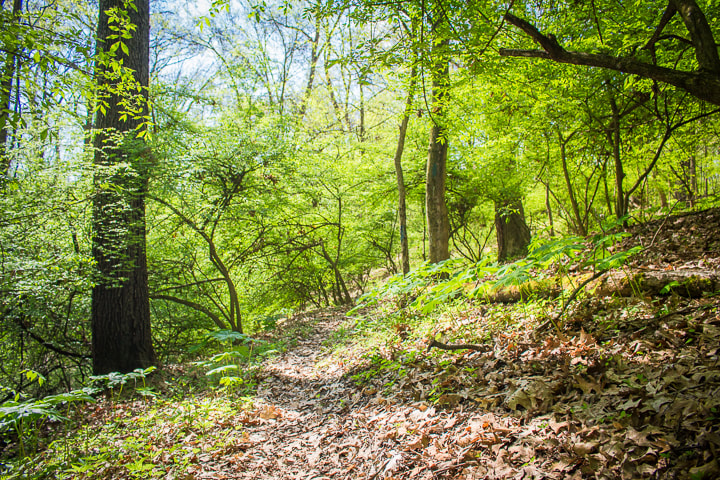
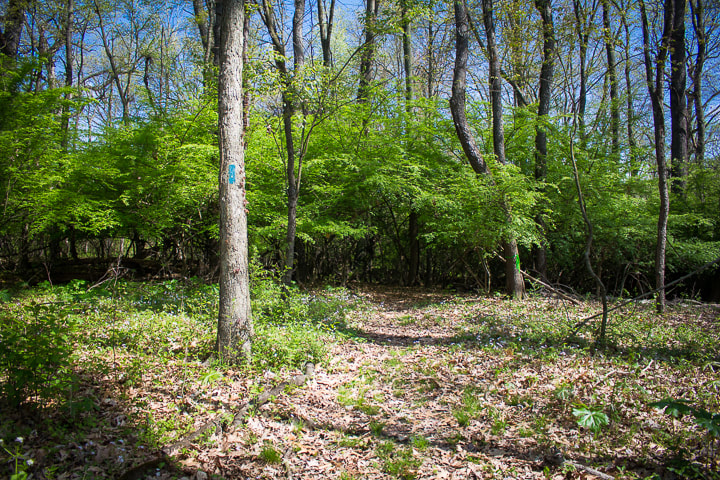
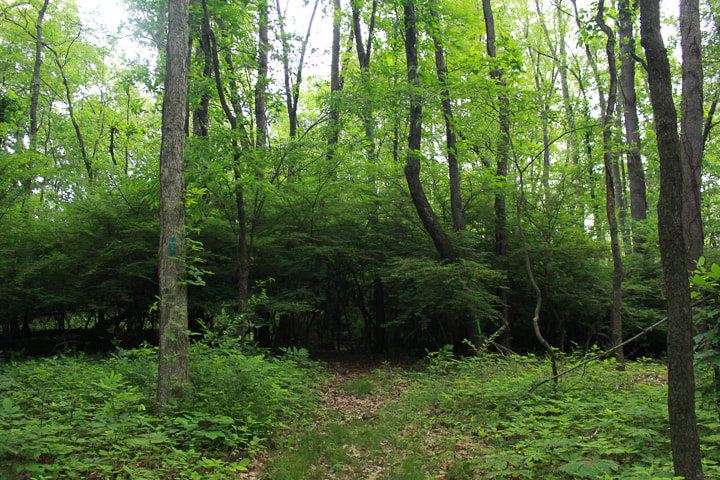
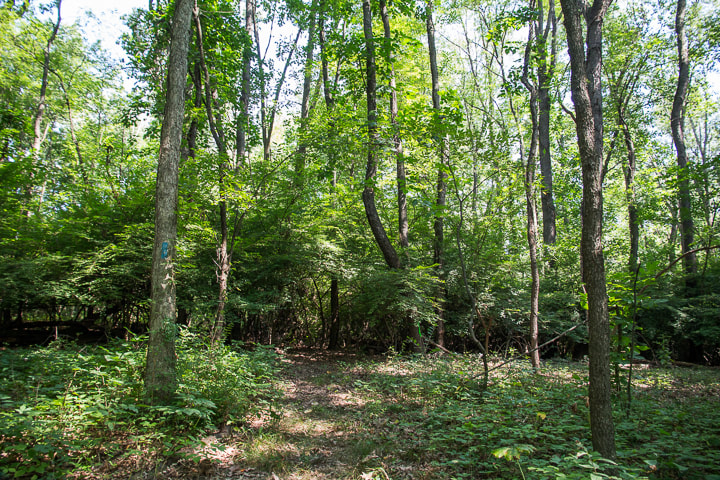
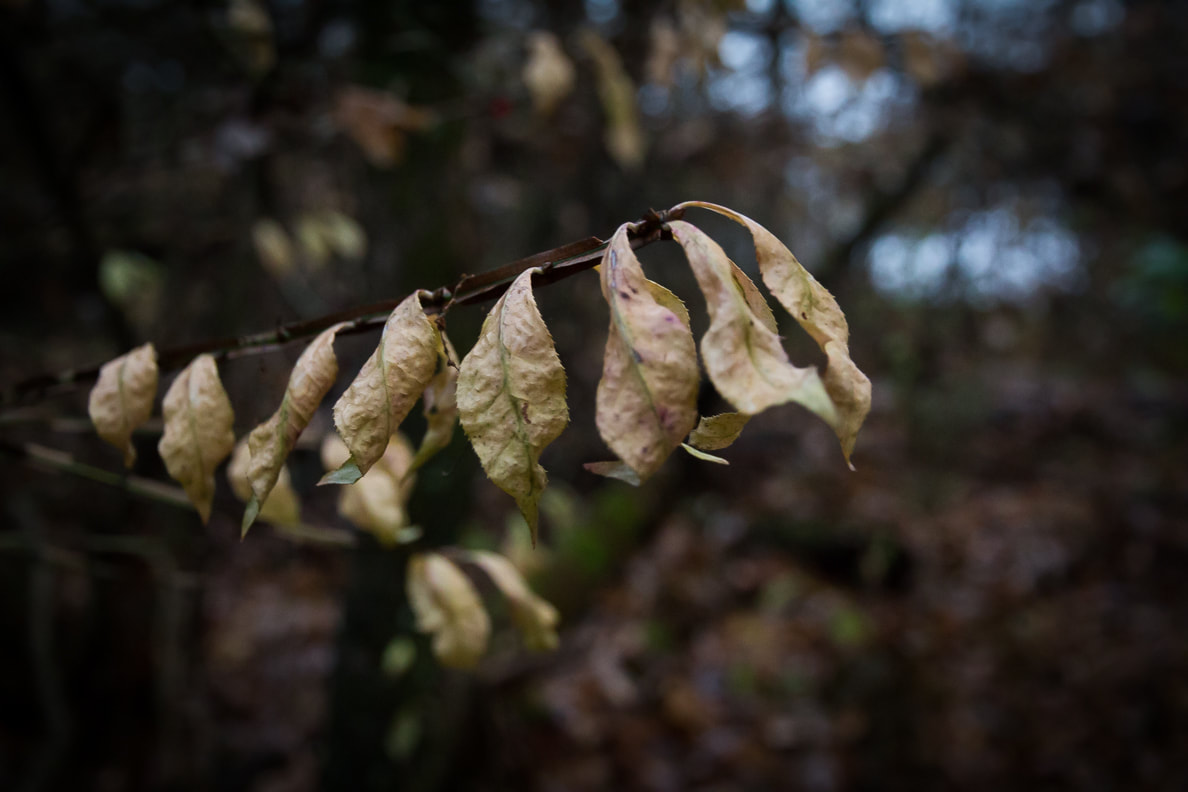
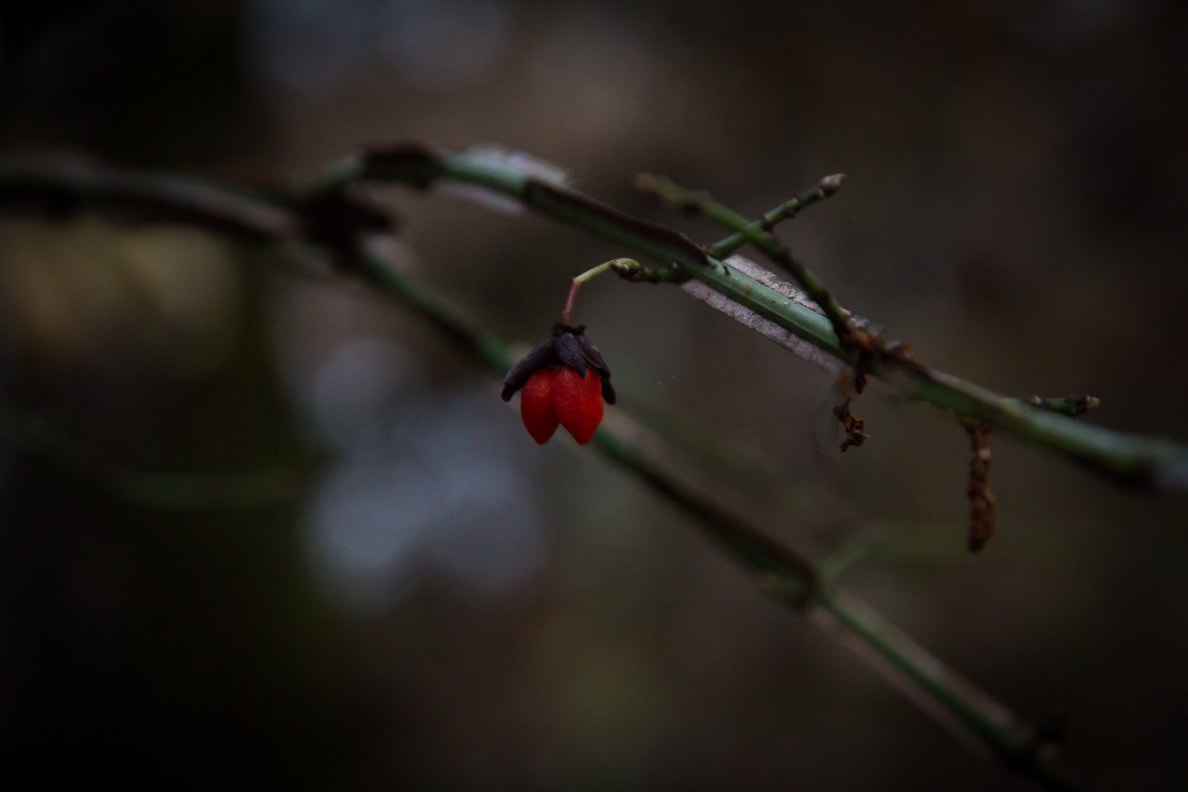

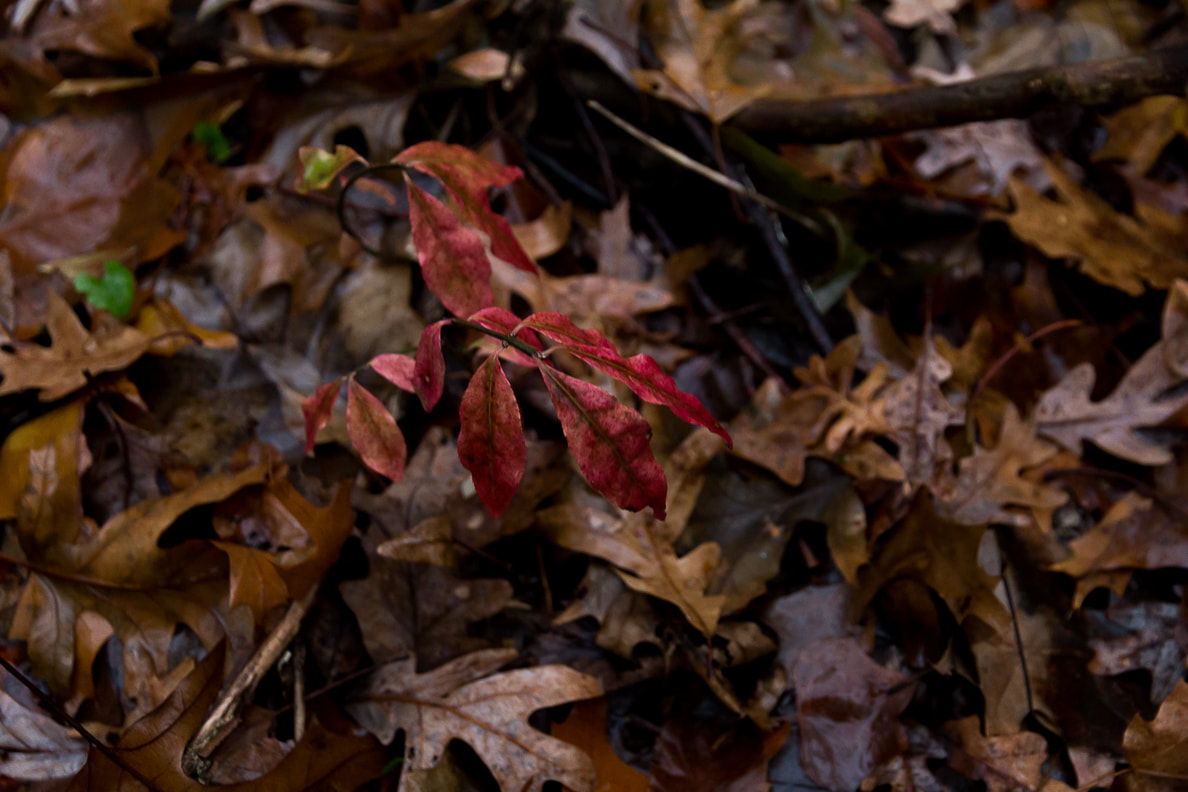
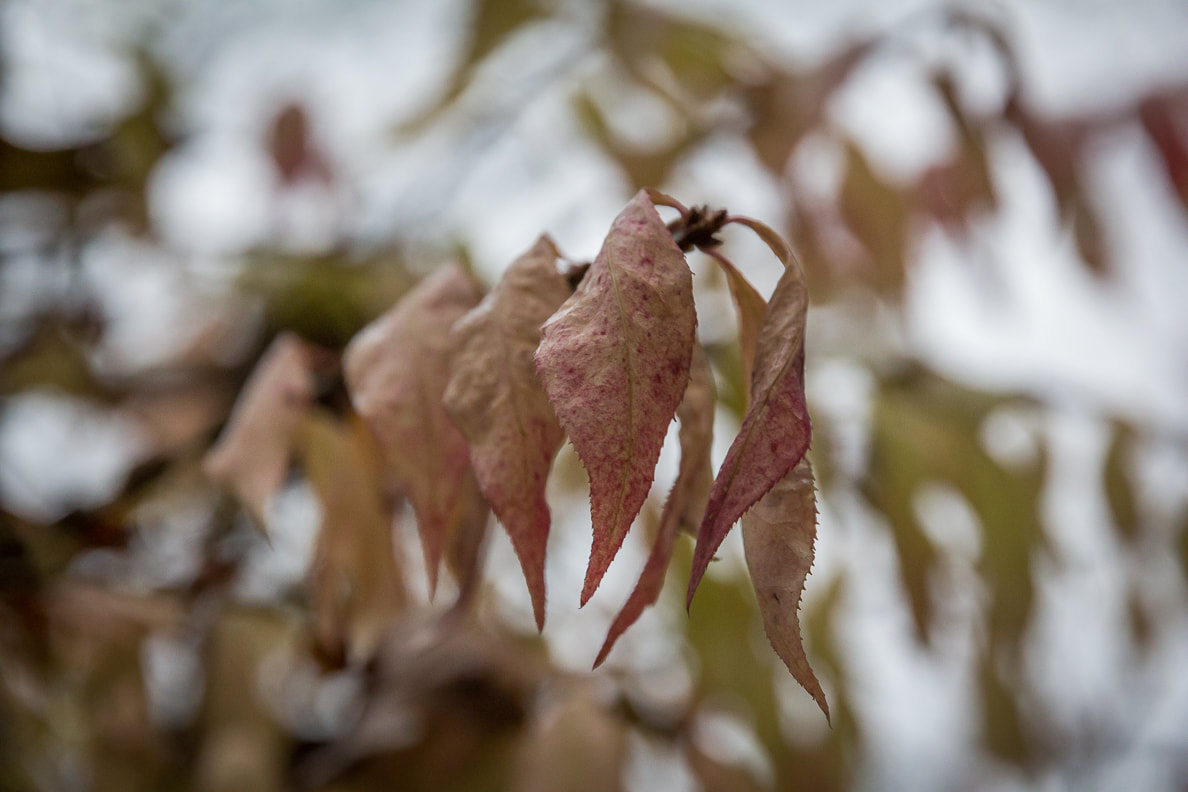
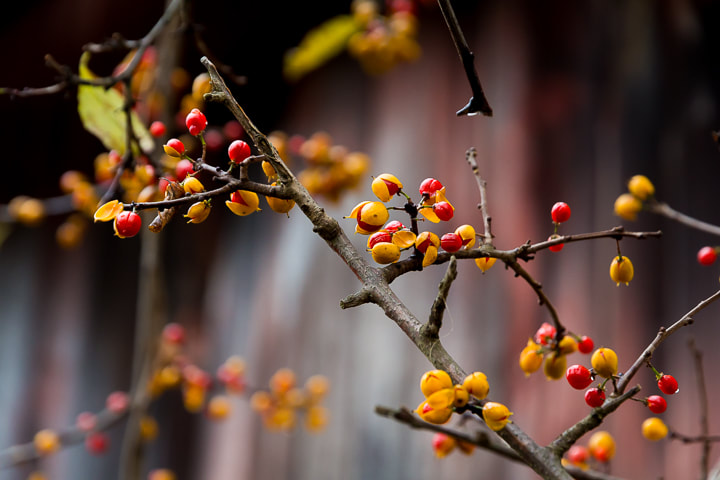
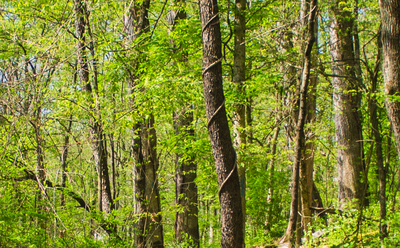
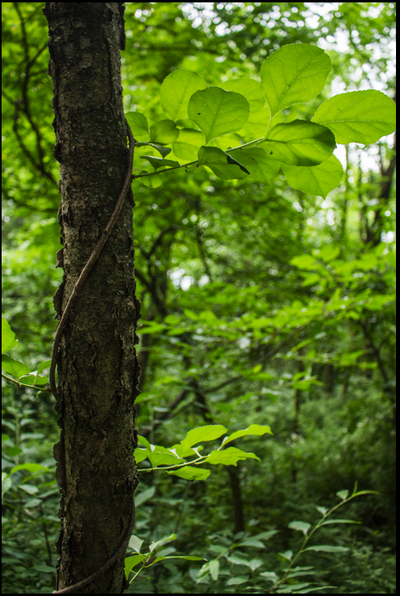
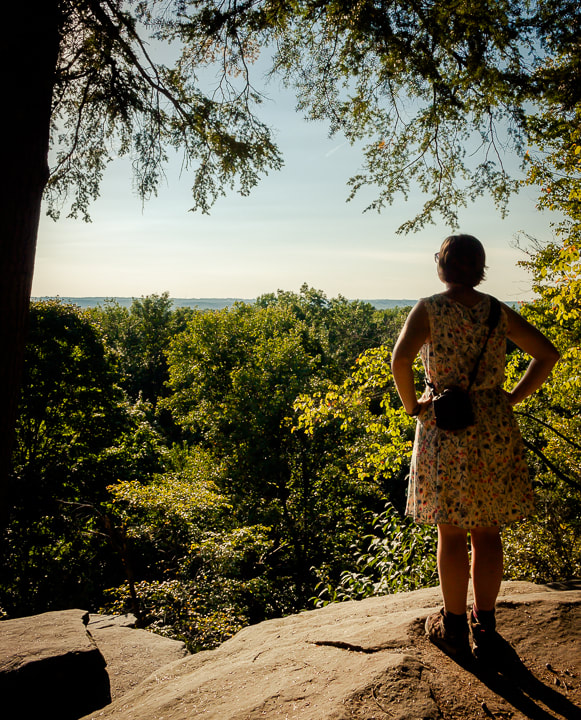
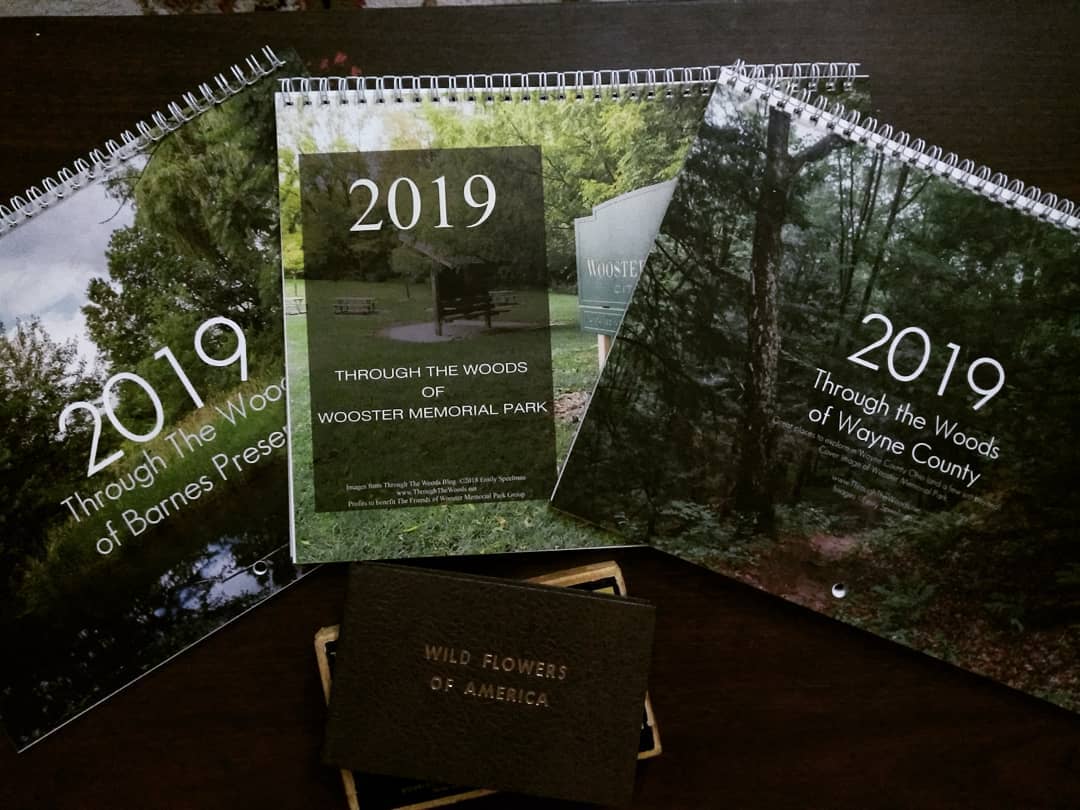
 RSS Feed
RSS Feed